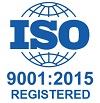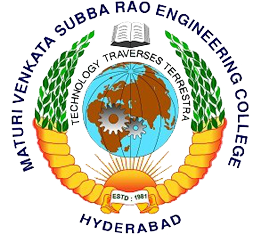WITH EFFECT FROM THE ACADEMIC YEAR 2012 - 2013
CE 356
WATER AND WASTE WATER ENGINEERING
Instruction 4 Periods per week
Duration of University Examination 3 Hours
University Examination 75 Marks
Sessional 25 Marks
UNIT-I
Introduction: Necessity of protected water supply and sanitation. Water demand and per capita consumption, factors affecting population forecasts.
Water Supply: Sources of water and quality parameters, standards of potable water, infiltration pipes & galleries, intake structures pipes, joints, valves & pumps. Water distribution systems and solution of a simple network using hardy cross method.
UNIT-II
Treatment of Water: Clarification sedimentation – Principles. Design of sedimentation tanks, coagulation and flocculation, design of a clariflocculator. Filtration – Types of filters and filter media. Design principles of slow and rapid sand filters. Backwash mechanisms. Pressure filters. Disinfections – Necessity and methods, Chlorination of water supplied, action of chlorine, break point chlorination. Ozone and U-V radiations, Removal of hardness, tastes & odor control.
UNIT-III
Domestic sewage: Quantity estimation, quality parameters – BOD, COD and TOC. Sewerage systems, ultimate disposal of sewage. Land and water bodies. Sewage conveyance – Sewer types and appurtenances. Velocity in sewers, Design of a simple sewerage system. Storm water sewers – Storm water estimation by rational method.
UNIT-IV
Waste Water Treatment: Preliminary treatment, screens, grit chambers. Primary treatment – Sedimentation – rectangular and circular sedimentation tanks. Secondary treatment – sewage filtration – trickling design. Activated sludge process – design parameters, secondary clarifier. Design aspects of a sewage treatment facility.
25 26
UNIT-V
Sludge: Sludge digestion and disposal methods – septic tanks – design parameters and working principles. Low cost waste treatment – oxidation ponds, RBC.
Solid Waste: Types, source and composition of solid waste.. Methods of collection, transportation and disposal
Suggested Reading:
- 1.Birdi, G. S, “Water Supply and Sanitary Engineering, Dhanpat Rai & Sons; 2002.
- 2.Garg, S. K., “Environmental Engineering Vol. I & II”, Khanna Publishers, New Delhi, 1994.
- 3.Punmia B.C., “Environmental Engineering Vol. I & II”, Lakshmi Publications (P) Ltd.,New Delhi, 2002.
- 4.Peavy H.S, Rowe D.R. and Tchobanoglous G ,”Environmental Engineering” Tata McGraw Hills, New Delhi, 1985
- 5.Metcalf & Eddy, M.C., “Wastewater Engineering – Treatment & Reuse”, Tata McGraw Hill Publications, New Delhi, 2003
- 6."Manual on Sewerage and Sewage Treatment”, CPHEEO, Ministry of Urban Development, GoI, New Delhi, 1993.
- 7.G.M. Fair, J.C. Geyer and D. Okun, "Water and Waste Engineering”, Vol. II, John Wiley &sons, Inc., New York. 1968.



